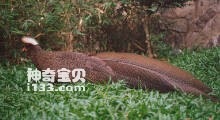
The Crested Argus (Rheinardia ocellata) has two subspecies.The crested pheasant usually moves alone in its territory. They only come together during the breeding season. The species is polygamous in the wild, with males performing elaborate courtship rituals during the mating season, calling and dan...
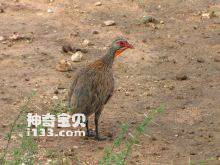
The Grey-breasted Francolin (Pternistis rufopictus) has no subspecies.The partridge is usually solitary, becoming active only in the early morning and late afternoon. It mainly feeds on the tubers of the sedge genus (Sedge family), but also eats small mollusks, termites, ants, and other insects. Whe...

The Bornean Peacock pheasant (Latin name: Polyplectron schleiermacheri) is a rare and little-known species of the genus Polyplectron. Specific habits are unknown.Due to continued habitat loss, low numbers and limited distribution, the Bornean peacock pheasant is listed as endangered by the Internati...
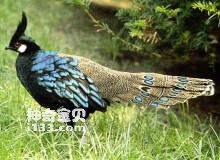
Polyplectron napoleonis (formerly Polyplectron emphanum), also known as the Palawan peacock pheasant, is a medium sized pheasant. Specific habits are unknown.Due to continued habitat loss, low numbers and limited distribution, as well as hunting, the Barawang peacock is classified as vulnerable by t...
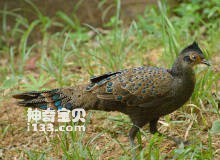
The Malay Peacock pheasant (Polyplectron malacense) is a medium sized pheasant with no subspecies.Malay peacock pheasants often live alone or in pairs, mostly on the wet ground where the forest is dense and the vegetation under the forest is more developed, and the activities are more frequent in th...
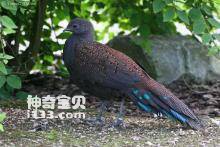
Polyplectron inopinatum, Mountain Peacock Pheasant often live alone or in pairs, mostly on the wet ground with dense forests and well-developed understory vegetation, with frequent activities in the morning and afternoon. Sex is alert and timid. Male birds are particularly cautious when they are act...
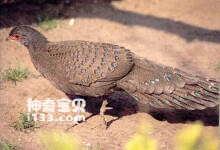
Polyplectron germaini is a medium sized pheasant. Endemic to Indochina Peninsula. The pheasant was named after the French colonial surgeon Louis Rodolphe Germain. According to mitochondrial DNA and nuclear DNA tests, it was confirmed that the eye spotted peacock pheasant belonged to the same clade a...

Polyplectron chalcurum, foreign name Bronze-tailed Peacock Pheasant, often live alone or in pairs, mostly in dense forests, underforest vegetation more developed damp ground, in the morning and afternoon activities more frequent. Sex is alert and timid. Male birds are particularly cautious when they...
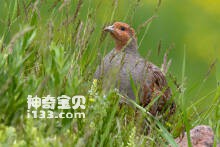
Grey Partridge (Perdix perdix) is known as Grey Partridge and has eight subspecies.Gray partridge usually flocks except during the breeding season. Either a family group or a larger group consisting of a family group. They usually live in groups of 5 to 15 animals. The male quack, ki-errr-ik, ki-err...

Alpine Partridge (Perdix hodgsoniae) is a Tibetan Partridge with four subspecies.Highland partridge is a common resident bird. In addition to the breeding period, it is usually active in groups of 10-15 birds. Up to more than 30, do not like to fly, good at running, running quickly on the ground and...
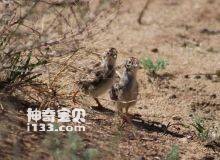
Partridge (Perdix dauurica) is known as Daurian Partridge and has three subspecies.Partridge usually flocks except during the breeding season. Especially in autumn and winter, there are often large groups of 15-25, or even as many as 50 animals. At the end of winter, the population gradually becomes...

The Assamese Bush quail (Perdicula manipurensis) is known as Manipur Bush-quail and has two subspecies. Sing in a clear sound, similar to whistling, as the notes get higher and higher, running together.Listed on the International Union for Conservation of Nature (IUCN) 2016 Red List of Threatened Sp...
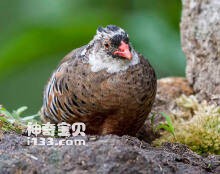
Perdicula erythrorhyncha, also known as Painted Bush-quail, has two subspecies.Red-billed tubs usually gather in groups of 6 to 10 individuals. Move around in open grass or in the grass beside forest roads and driving tracks, eating and sandbathing in the morning and evening. Groups quickly gather a...

The Jungle Bush-quail (Perdicula asiatica) has five subspecies.Tubs usually gather in groups of 6-10 individuals. Move around in open grass or in the grass beside forest roads and driving tracks, eating and sandbathing in the morning and evening. Groups quickly gather around each other by calling an...
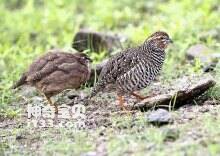
Rock Bush-quail (Perdicula argoondah) has three subspecies. Usually gathers in groups of 6-10 individuals. Move around in open grass or in the grass beside forest roads and driving tracks, eating and sandbathing in the morning and evening. Groups quickly gather around each other by calling and Shout...

Blue peacock (Pavo cristatus) Common Peafowl, Indian Peafowl, Peafowl, no subspecies.In the wild or domestic, blue peacocks naturally select mates, that is, one male and multiple females (1:3-5), family-style activities, within a certain range of activities, collective feeding and roost, very few in...
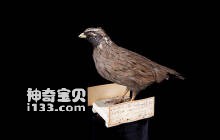
The Himalayan Quail (Ophrysia superciliosa) is a medium sized pheasant bird with no subspecies.Himalayan quails were described in 1846 by John Edward Gray, based on live specimens taken by the Earl of Derby at Knowsley, who was suspicious of their discovery in India. They were not officially found i...
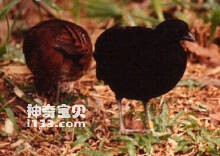
Black quail (Melanoperdix nigra) is known as Black Partridge and has two subspecies.Black quails are omnivorous, and plants include: grains, seeds, roots, tubers, nuts, fruits, berries and leaves. Animals include: arthropods (orthoptera, trichoptera, Lepidoptera, Coleoptera), mollusks, worms.The bre...